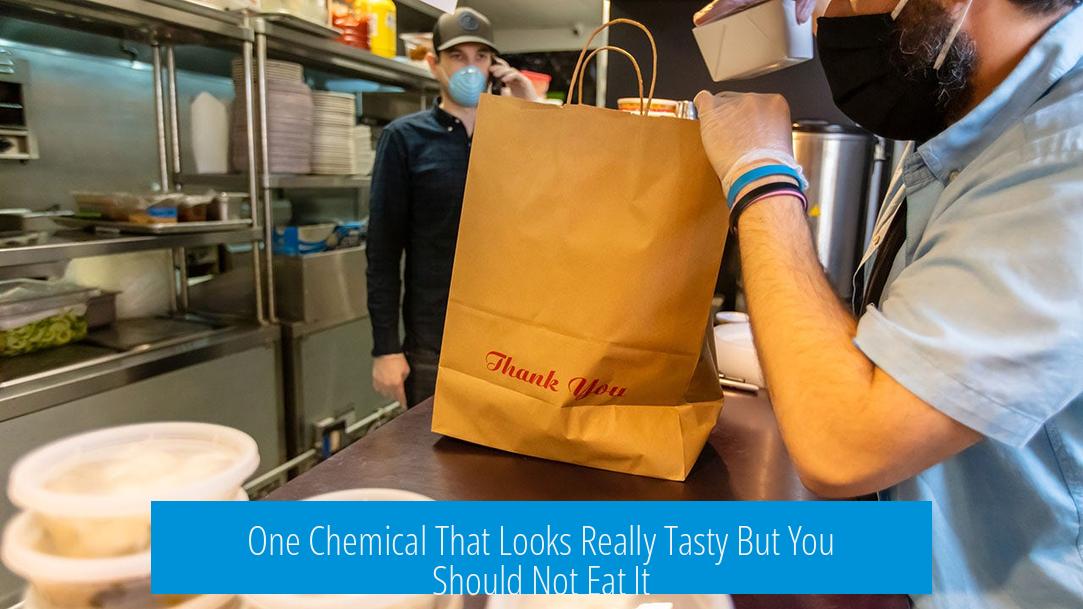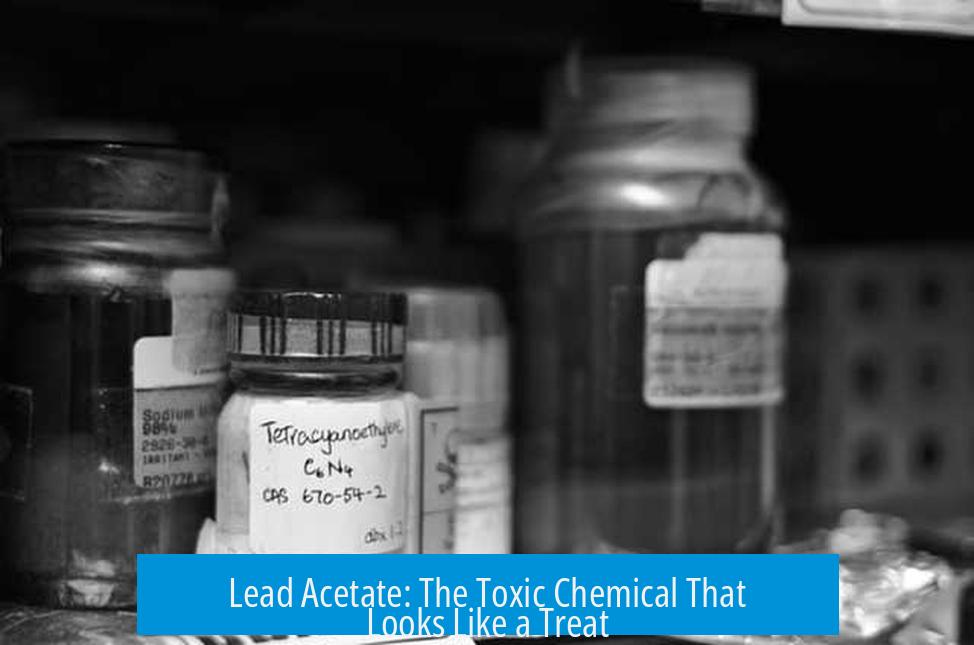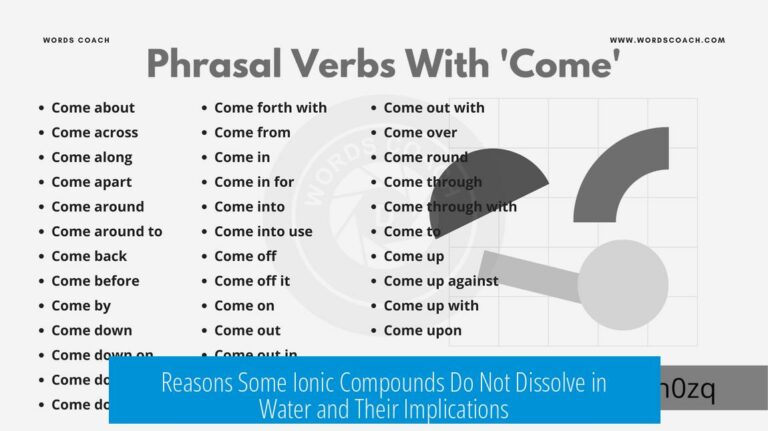One Chemical That Looks Really Tasty But You Should Not Eat It

Lead acetate is a chemical that looks and tastes really sweet but is highly toxic and should never be eaten. Despite its appealing sweet flavor and sugary appearance, lead acetate poses severe health risks including neurotoxicity and poisoning. It exemplifies chemicals that visually or gustatorily mimic food or drink yet are dangerous.
Why Lead Acetate Appears Tasty but Is Poisonous
Lead acetate, historically known as “sugar of lead,” forms colorless or white crystals that resemble sugar or sweetener. Its distinctive sweet taste is misleading. Though it may seem edible and even enjoyable initially, the compound contains lead, a heavy metal that interferes with nervous system function.
The toxic effects of lead acetate include:
- Damage to brain and nervous system
- Kidney dysfunction
- Gastrointestinal symptoms
- Potentially fatal poisoning in higher doses
Lead accumulates over time. Even small exposures can cause lasting harm. The sweetness masks the toxicity, increasing the risk of accidental ingestion, especially among children.
Historical Use and Toxicity
Lead acetate was once used in food preservation and even as a sweetener in wines by the Romans. This practice led to widespread lead poisoning. Modern awareness and regulation ban such uses. However, lead acetate remains a hazardous substance utilized in industry and laboratories.
Other Chemicals That Look Tasty but Are Unsafe
Chemicals that visually mimic foods and drinks but are toxic are more common than expected. Their deceptive appearance makes them particularly dangerous.
Potassium Dichromate: The Forbidden Orange Drink
Potassium dichromate is an orange crystalline compound. Its vibrant color is reminiscent of fruit juices or sports drinks like orange Gatorade. Despite looking enticing, it is carcinogenic and extremely harmful if ingested.
- Highly oxidizing
- Causes severe irritation and organ damage
- Carcinogenic with chronic exposure
Copper Sulfate: The Blue “Electrolyte” Drink
Copper sulfate crystals and solutions present a deep blue color, similar to some sports drinks or raspberry-flavored beverages. Some report a faintly sweet taste. However, copper sulfate is toxic and can cause nausea, vomiting, and liver damage upon ingestion.
Potassium Permanganate: The Purple “Grape Kool-Aid”
In solution, potassium permanganate appears as a bright purple liquid resembling grape juice or soda. Its striking color tempts the eye. This compound is a strong oxidizer used as a disinfectant but is poisonous if swallowed.
Ethylene Glycol: The Sweet-Tasting Antifreeze
Ethylene glycol is a colorless, odorless liquid with a sweet taste. It is a common component of antifreeze and coolant liquids, often found in cars. Despite the sweetness, ethylene glycol is highly toxic and metabolizes in the body to cause kidney failure and death.
Aqua Regia: The “Orange Soda” That Fizzes
Aqua regia, a mixture of nitric acid and hydrochloric acid, forms a yellow-orange solution with a fizz caused by chlorine gas release. It looks similar to an orange soda or apple juice but is an extremely corrosive acid that can cause severe burns.
Bromine and Chromyl Chloride: The “Soy Sauce” Lookalikes
Bromine liquid is reddish-brown and resembles soy sauce. Chromyl chloride presents a similar appearance. Both are highly toxic and irritating, capable of damaging skin, eyes, and internal organs.
Mercury: The Silver “Unicorn Blood”
Mercury is a shiny, silvery metal that flows like liquid silver. Its appearance evokes fascination, sometimes described as “unicorn blood.” Despite its allure, mercury vapor and compounds are neurotoxic and capable of causing serious health damage.
Why These Chemicals Are Dangerous to Ingest
The chemicals mentioned above share these dangerous attributes:
- Appear visually similar to common foods or drinks
- Some have sweet or pleasant tastes that encourage accidental ingestion
- Contain toxic metals, oxidizers, or corrosive acids
- Can cause acute poisoning, organ failure, or chronic damage
Even small amounts can lead to severe symptoms. Some compounds have cumulative toxicity. Others cause immediate burns or poisoning. Their deceptive appearance significantly raises the risk of accidental consumption, especially among children or uninformed individuals.
Safety Measures and Awareness
Understanding the risks of chemicals that look like food is essential. Laboratories, industrial settings, and households should:
- Clearly label all chemicals and separate them from food
- Educate employees and families about chemical hazards
- Use childproof containers and locked storage
- Never taste or ingest an unknown substance
- Dispose of hazardous chemicals safely
Emergency action includes contacting poison control centers immediately if ingestion is suspected. Quick medical intervention can reduce damage.
Summary Table of Some Tasty-Looking but Toxic Chemicals
| Chemical | Looks Like | Taste | Toxicity/Effects |
|---|---|---|---|
| Lead Acetate | White sugar crystals | Sweet | Neurotoxic, poison, chronic damage |
| Potassium Dichromate | Orange sports drink | Bitter | Carcinogenic, irritant, toxic |
| Copper Sulfate | Blue sports drink | Slightly sweet | Gastrointestinal distress, liver toxicity |
| Potassium Permanganate | Purple grape soda | Bitter | Strong oxidizer, toxic |
| Ethylene Glycol | Colorless liquid | Sweet | Kidney failure, fatal poisoning |
| Aqua Regia | Orange soda/apple juice | Corrosive | Severe chemical burns |
| Bromine | Soy sauce | Harsh | Toxic, corrosive |
| Mercury | Shiny silver metal | None (metallic) | Neurotoxic, chronic poisoning |
Concluding Key Points
- Lead acetate is a classic example of a chemical looking and tasting sweet but toxic.
- Multiple chemicals resemble common foods and drinks but cause serious harm if ingested.
- The deceptive appearance makes education and strict chemical handling critical.
- Never taste or consume unknown substances regardless of appearance or smell.
- Immediate medical care is essential upon any accidental ingestion of chemicals.
Awareness of toxic chemicals masquerading as tasty treats protects health and safety. Lead acetate remains the prominent chemical warning demonstrating that looks and taste can be dangerously misleading.
What is a chemical that tastes sweet like sugar but is highly toxic?
Lead acetate tastes sweet and resembles sugar. Despite its sweet flavor, it is neurotoxic and should never be eaten.
Which chemical looks like a fruity drink but is actually dangerous?
Potassium permanganate solution looks like grape Kool-Aid. It is toxic and can cause serious harm if ingested.
Why is ethylene glycol dangerous despite its sweet taste?
Ethylene glycol tastes very sweet, similar to antifreeze. It is poisonous and can cause serious health issues, especially in children.
Which toxic chemical resembles orange soda or apple juice?
Aqua regia looks like orange soda but contains corrosive acids and gases that are harmful if swallowed.
What chemical variants look like electrolyte drinks but are unsafe to drink?
Copper sulfate solutions resemble blue electrolyte drinks and may taste slightly sweet but are poisonous and unsafe to consume.





Leave a Comment